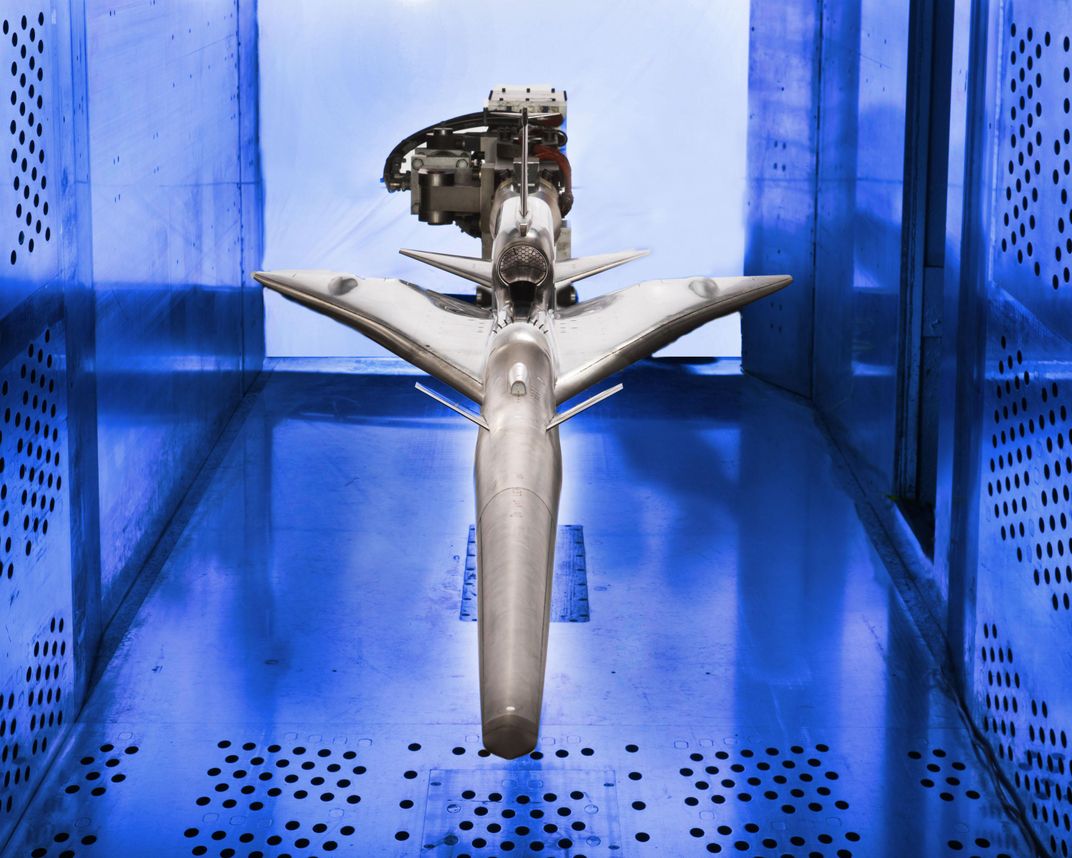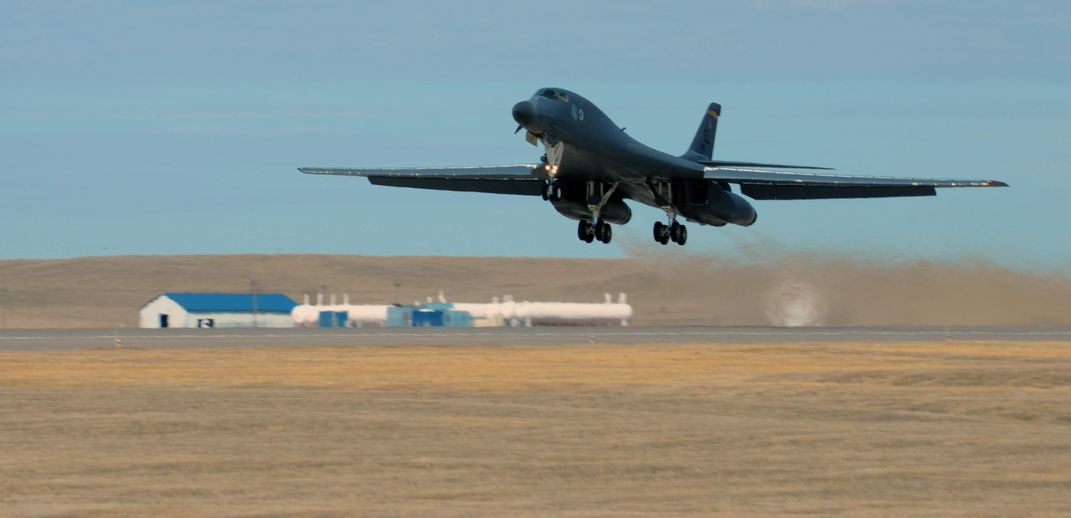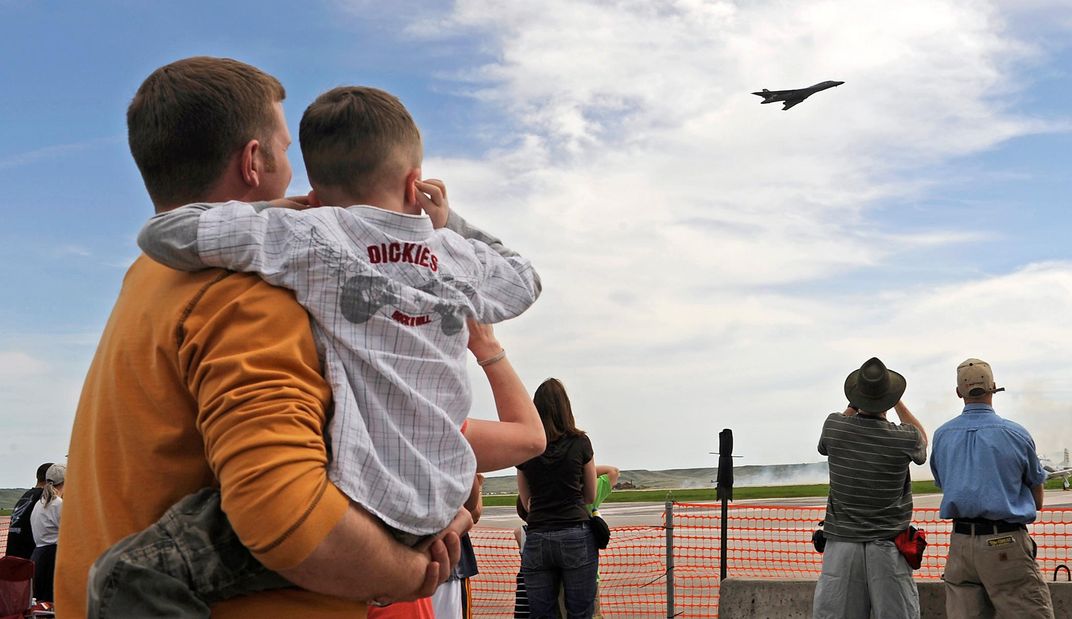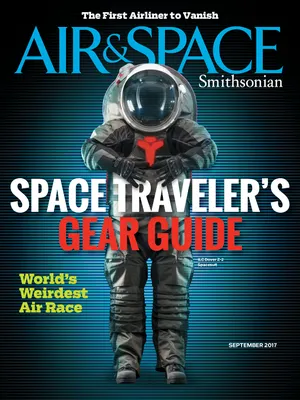The War on Noisy Aircraft
Pilots v. Cattle
It’s not the battle U.S. Air Force pilots were training for, but it’s the one they got when, in 2015, the branch quadrupled the size of its training area—now 35,000 square miles over South and North Dakota, Montana, and Wyoming. An annual 10-day exercise called Combat Raider calls in everything from B-1 bombers to UH-60 Blackhawk helicopters to practice strategic strikes, reconnaissance, close air support, and personnel rescue. And it’s terrifying the local cows. Ranchers at the South Dakota Stockgrowers Association, for example, have repeatedly requested the Air Force give them schedules of flight activity for any military aircraft used. Progress is finally being made: The Air Force has recently begun meeting with an advisory council led by the Aircraft Owners and Pilots Association to help the two sides communicate.
One Quiet Step for Supersonic Travel
What would be better than getting back supersonic commercial air travel? Getting supersonic air travel without the boom that rattles all the houses below. NASA has been working for a year on passenger jet technology for the Quiet Supersonic Transport, or QueSST, and announced in June it has an initial design for an X-plane in the program, the Low-Boom Flight Demonstration aircraft, which replaces the boom with “a soft thump.” Engineers recently tested a model built by Lockheed Martin in a wind tunnel and were pleased with the results. The agency will begin soliciting proposals to build a full-size version that will be ready for testing as early as 2021.



